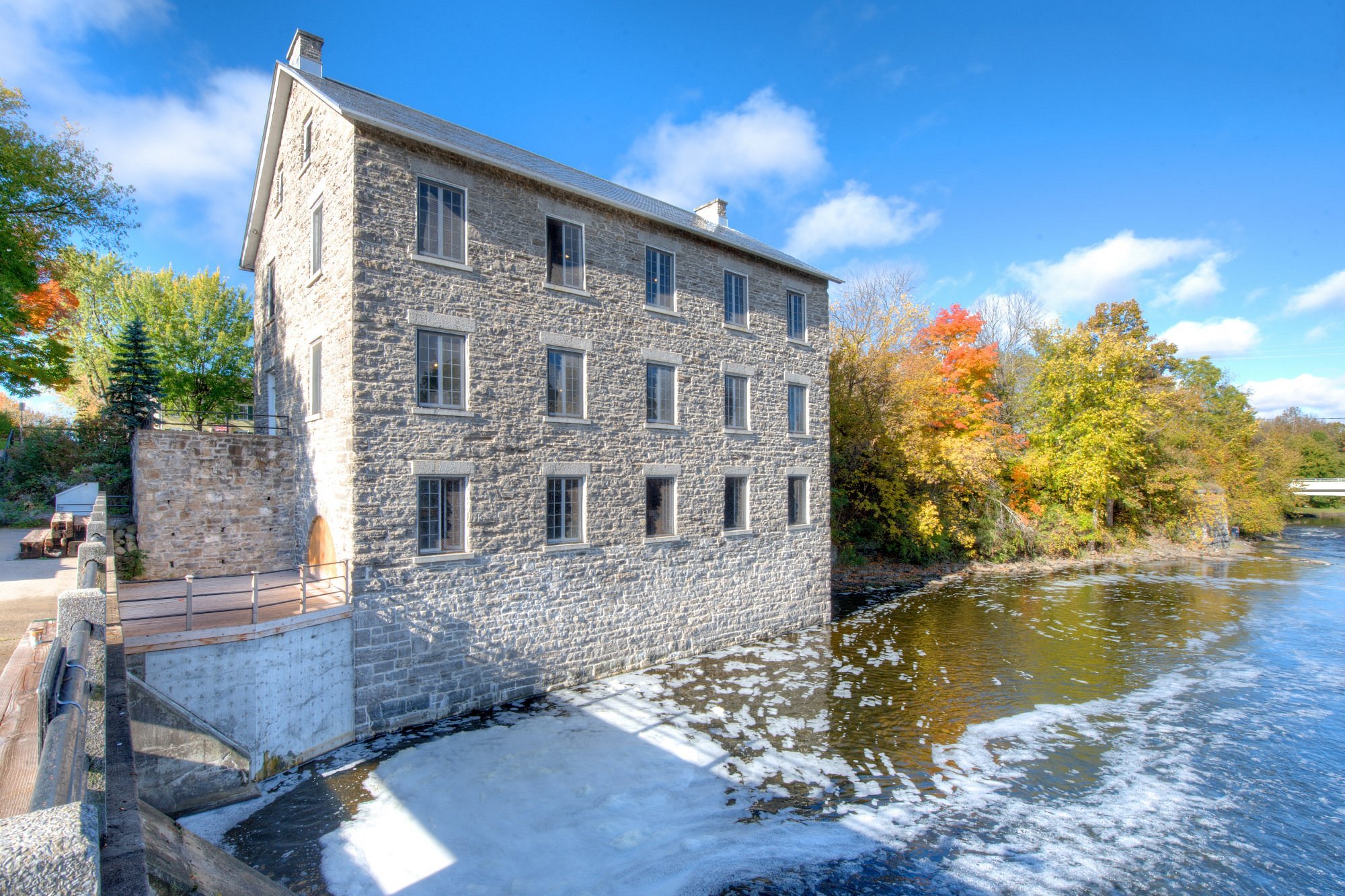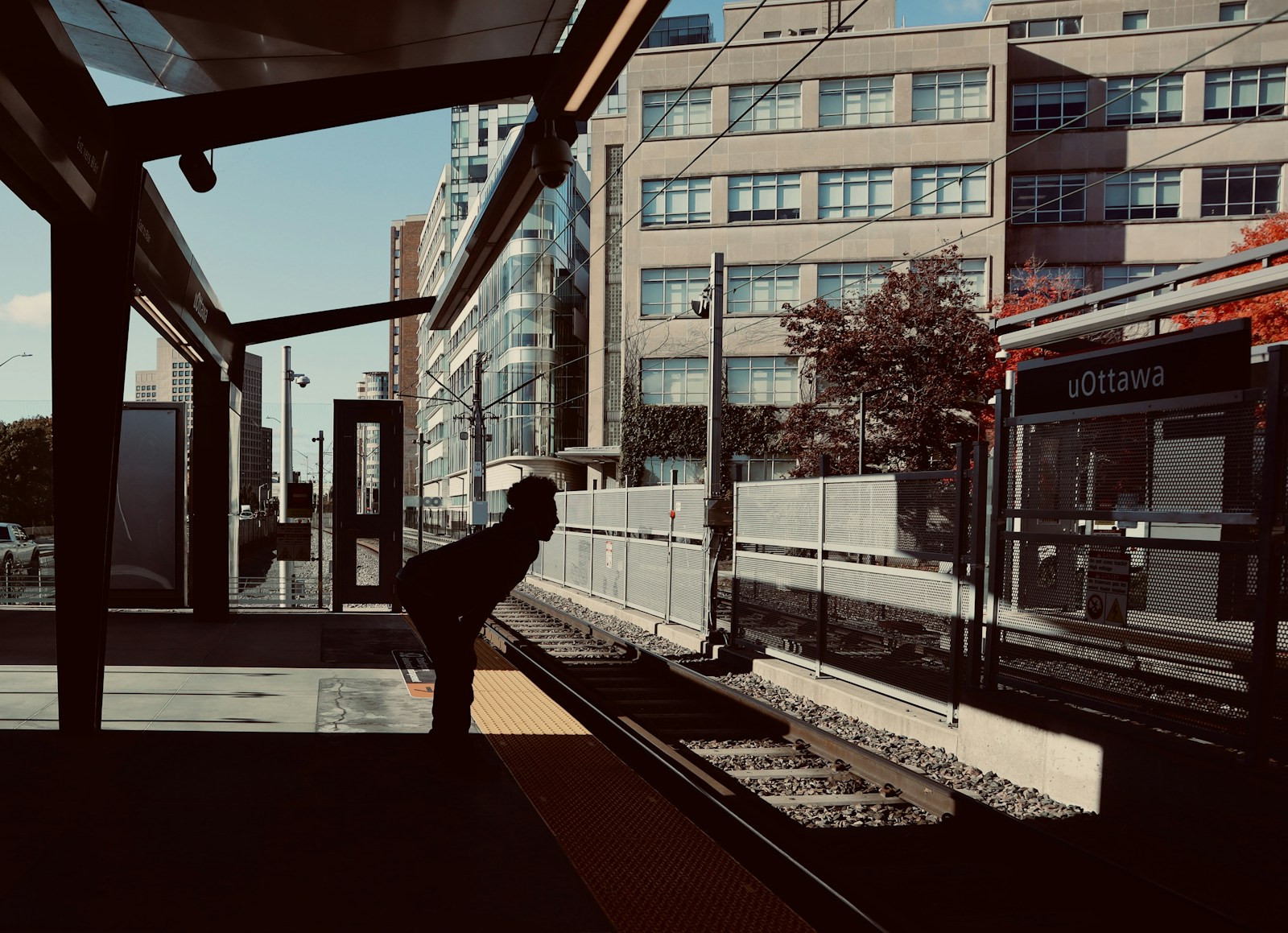When people imagine Ottawa’s most scenic neighborhoods, Dow’s Lake almost always comes to mind. Nestled at the south end of the Rideau Canal, this picturesque area offers a unique combination of condo living, waterfront recreation, and cultural vibrancy. It’s also home to one of the city’s most iconic annual events — the Canadian Tulip Festival — which transforms the lakeside pathways into a sea of color every spring.
In 2025, Dow’s Lake has cemented itself as one of Ottawa’s most desirable places to live, especially for professionals, downsizers, and those who value both beauty and convenience.
1. Location: The Best of Both Worlds
Dow’s Lake sits right where the Rideau Canal widens into a stunning waterfront basin. From here, residents enjoy:
Quick access to downtown Ottawa — just minutes by car, transit, or bike.
A front-row seat to the Rideau Canal Skateway in the winter.
Proximity to Little Italy and The Glebe, both foodie and shopping hotspots.
Easy walks to Carleton University and the Ottawa Hospital campus.
It’s an address that blends urban convenience with natural beauty in a way few neighborhoods can match.
2. Condo Living with a View
Dow’s Lake is best known for its luxury condo towers, many of which boast breathtaking views of the water, the canal, and downtown Ottawa. Popular with both professionals and downsizers, these buildings often feature:
Floor-to-ceiling windows with panoramic vistas.
Fitness centers, rooftop terraces, and concierge services.
Underground parking and secure storage for bikes or kayaks.
For those who want maintenance-free living in a postcard setting, it doesn’t get much better than a Dow’s Lake condo.
3. Recreation at Your Doorstep
Dow’s Lake is more than just a pretty view — it’s a hub for outdoor activity year-round:
Summer: Kayaking, canoeing, paddleboating, and cycling along the canal pathways.
Fall: Scenic walks as the leaves change color, with views of the Arboretum nearby.
Winter: Direct access to the world-famous Rideau Canal Skateway, right outside your door.
Spring: Front-row access to the Canadian Tulip Festival, one of Ottawa’s most celebrated events.
This lifestyle makes Dow’s Lake especially appealing to active buyers who value nature and fitness as much as city life.
4. Dining and Nightlife
Living by Dow’s Lake also means easy access to some of Ottawa’s most vibrant dining and nightlife districts:
Little Italy (Preston Street): Famous for its Italian restaurants, cafes, and patios.
The Glebe: Trendy boutiques, pubs, and the Lansdowne entertainment district.
On the Water: Seasonal patios and restaurants with unbeatable lake views.
It’s a foodie-friendly location that blends local flavor with cultural variety.
5. Who Lives Here?
Dow’s Lake attracts a mix of residents, including:
Young professionals who want central condo living with lifestyle perks.
Downsizers moving from suburban homes into maintenance-free luxury units.
Students and medical professionals, thanks to proximity to Carleton University and The Ottawa Hospital.
It’s a neighborhood that offers both prestige and convenience.
6. Pros and Cons of Dow’s Lake Living
Pros:
Unmatched scenic beauty and waterfront lifestyle.
Luxury condos with panoramic views.
Central location with quick access to downtown.
Year-round recreation and cultural events.
Cons:
Housing options are limited mostly to condos (few single-family homes).
Prices can be high due to location and demand.
Tourist traffic during major events like the Tulip Festival.
Final Thoughts: Is Dow’s Lake Ottawa’s Most Picturesque Address?
For those who dream of living by the water without leaving the city, Dow’s Lake is hard to beat. Its combination of condo living, year-round recreation, and cultural vibrancy make it one of Ottawa’s most desirable addresses in 2025.
Whether you’re buying your first condo, downsizing to a low-maintenance lifestyle, or simply seeking the beauty of waterfront living, Dow’s Lake may just be the most picturesque place to call home in the capital.













